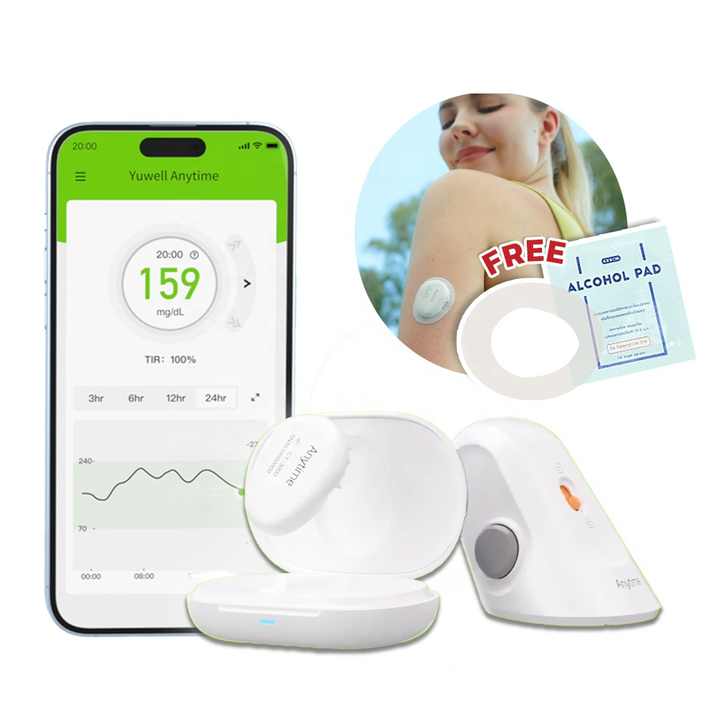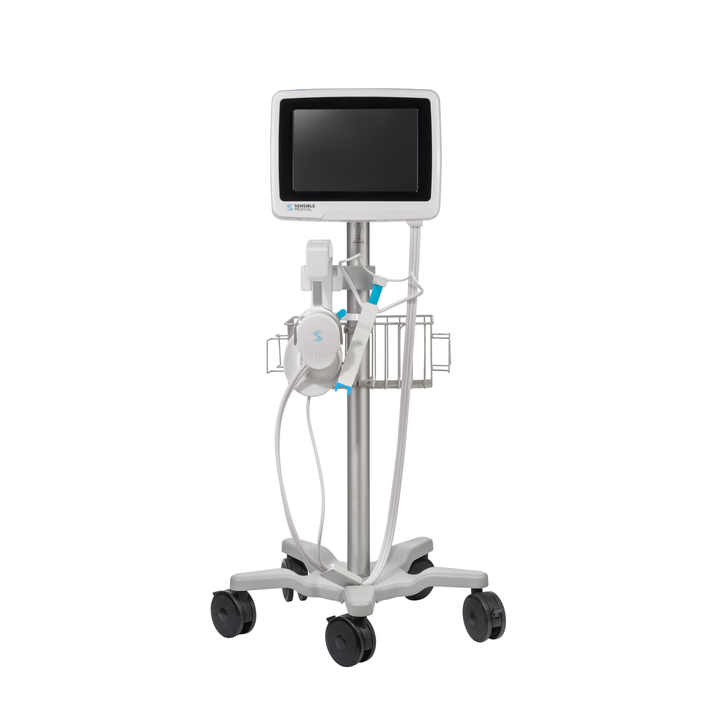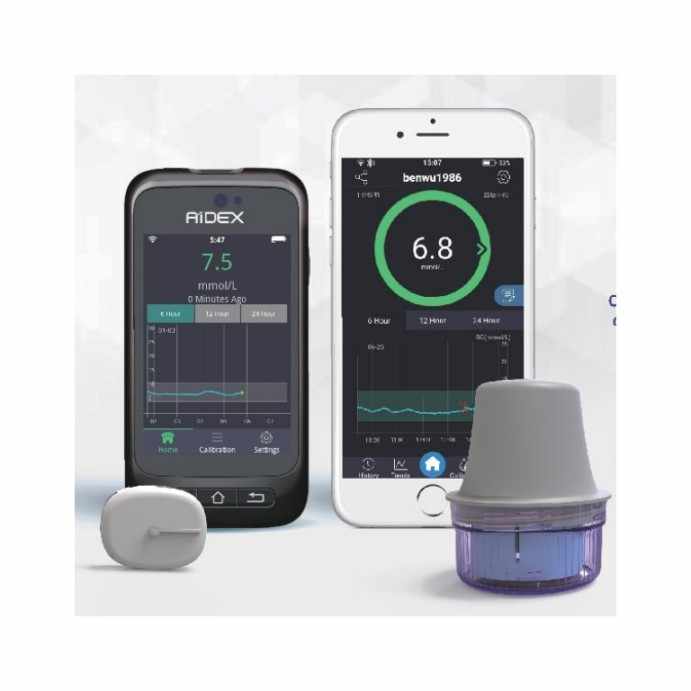
There are three types of voltage-current conversion circuits:
(1) Linear conversion circuit.
The essence of is a variable resistor regulated by the measurement and
feedback control part. The part of the charger voltage higher than the battery
voltage is consumed by the form of heat through the resistor. For example, when
the input voltage of the charging port is 5V and the battery voltage is 3.7V, a
charging current of 1000mA is required. Then it is sufficient to make the
resistance of the variable resistor exactly 1.3Ω. As long as the resistance of
this variable resistor can be continuously changed, the whole process of
constant current and constant voltage can be completed. According to Kirchhoff's
law, the input current of this circuit is equal to the output current.
Therefore, increasing the input voltage for this circuit will only cause more
input power to be dissipated through the resistor, but will not increase the
battery charging power. In addition, the heating power of this circuit is (input
voltage-battery voltage) × charging current. When the charging current is large,
the heating power is also large. Therefore, this circuit is not suitable for
charging mobile phones that require high current charging and space is limited.
This is the reason why high-voltage fast charging has a lot of heat, and some
mobile phone manufacturers have begun to use low-voltage and high-current fast
charging.
(2) Switch conversion circuit.
The structure diagram of this circuit is shown in the figure below. Use
high-speed switching S1 (usually realized by MOSFET) and inductance to reduce
the input voltage to the battery voltage. And under the control of the
measurement and feedback control part, the charging current is controlled. The
relationship between the output current and voltage of this circuit and the
input current and voltage can be obtained by the law of conservation of energy:
input voltage × input current × efficiency = output voltage × output current. In
new mobile phones, this efficiency can reach more than 90%. It is precisely by
using this switch conversion circuit that QC2.0 can convert the input high
voltage and small current into battery voltage and large charging current.
Example: The battery voltage is 3.7V. Requires 2A battery charging current.
The efficiency of the charging circuit is 90%, ignoring the voltage drop caused
by other resistors. The input port voltage is 9.0V, the current through the
input port needs: 3.7V*2.0A/90%/9.0V=0.91A, it can be seen that QC fast charge
can effectively reduce the current of the input port by increasing the input
voltage.
(3) The design of the constant current circuit in the special charger
This kind of circuit can be found in some early PHS and Motorola smart
phones. Oppo's VOOC ultra-fast charging may also use this design. The principle
is to place the constant current circuit in a dedicated constant current charger
instead of in the mobile phone. There is only an electronic switch (MOSFET) that
controls the on and off of the circuit in the mobile phone. When the switch is
turned on, the charger is directly connected to the battery, relying on the
circuit in the charger to adjust the output voltage and control the charging
current. Of course, the function of full charge stop is completed by the
electronic switch controlled by the internal circuit of the mobile phone. The
advantage of this is that the circuit in the mobile phone is relatively simple,
and there is no need to generate heat inside the mobile phone to consume excess
voltage. The disadvantage is that a dedicated charger is required. (If MOTO's
smart phone with this design was changed to a larger current USB charger, it
would burn out the internal electronic switch and cause the phone to
malfunction.)
3, Qualcomm QC handshake agreement
The QC fast charging charger communicates with the mobile phone by applying
voltage on the middle two wires (D+D-) of the microUSB interface to adjust the
output voltage of the QC. The handshake process is as follows: When the charger
terminal is connected to the mobile phone through the data line, the charger
defaults to shorting D+D- through MOS, and the mobile terminal detects that the
charger type is DCP (dedicated charging port mode). At this time, the output
voltage is 5V, and the phone is charged normally. If the mobile phone supports
the QC2.0 fast charging protocol, the hvdcp process in the Android user space
will start and start to load a voltage of 0.325V on D+. When this voltage is
maintained for 1.25s, the charger will disconnect the short circuit between D+
and D-, and the voltage on D- will drop; after the mobile phone detects the
voltage drop on D-, hvdcp reads /sys/class/ If the value of
power_supply/usb/voltage_max is 9000000 (mV), set the voltage on D+ to 3.3V, the
voltage on D- to 0.6V, and the charger outputs 9V. If it is 5000000 (mV), set D+
to 0.6V and D- to 0V, and the charger will output a voltage of 5V.
4, QC charging actual combat
Here we use a USB meter to visually test the process of QC2.0 charger
voltage identification change. Insert the USB interface to detect the D+D-
voltage used to detect the QC2.0 signal, and also display the input and output
voltage and current. Built-in coulomb counter, the accuracy can reach the level
of multimeter.
Turn on the power, before plugging in the phone: DCP mode, but there is a
pull-down resistor, so the voltage is relatively low, but the two voltages are
basically the same.
Turn on the power and switch to DCP mode before plugging in the
phone. After plugging in the phone, the phone will add a detection voltage of
0.6V to D+. Because D+D- is short-circuited at this time, the D- voltage will
also increase.
plug in the phone for an instant
After the applied voltage on D+ is maintained for more than 1.25 seconds,
the charger will short-circuit the D+ and D-, D- becomes 0, and D+ is still the
identification voltage given by the mobile phone.
D- becomes 0, the voltage rises
As for how much voltage the charger outputs to the mobile phone, please
refer to this table. It should be noted that all 0.6V represents 0.325-2.000V,
all 3.3V represents greater than 2.000V, within this range, the QC2.0 handshake
protocol can be correctly applied.



































